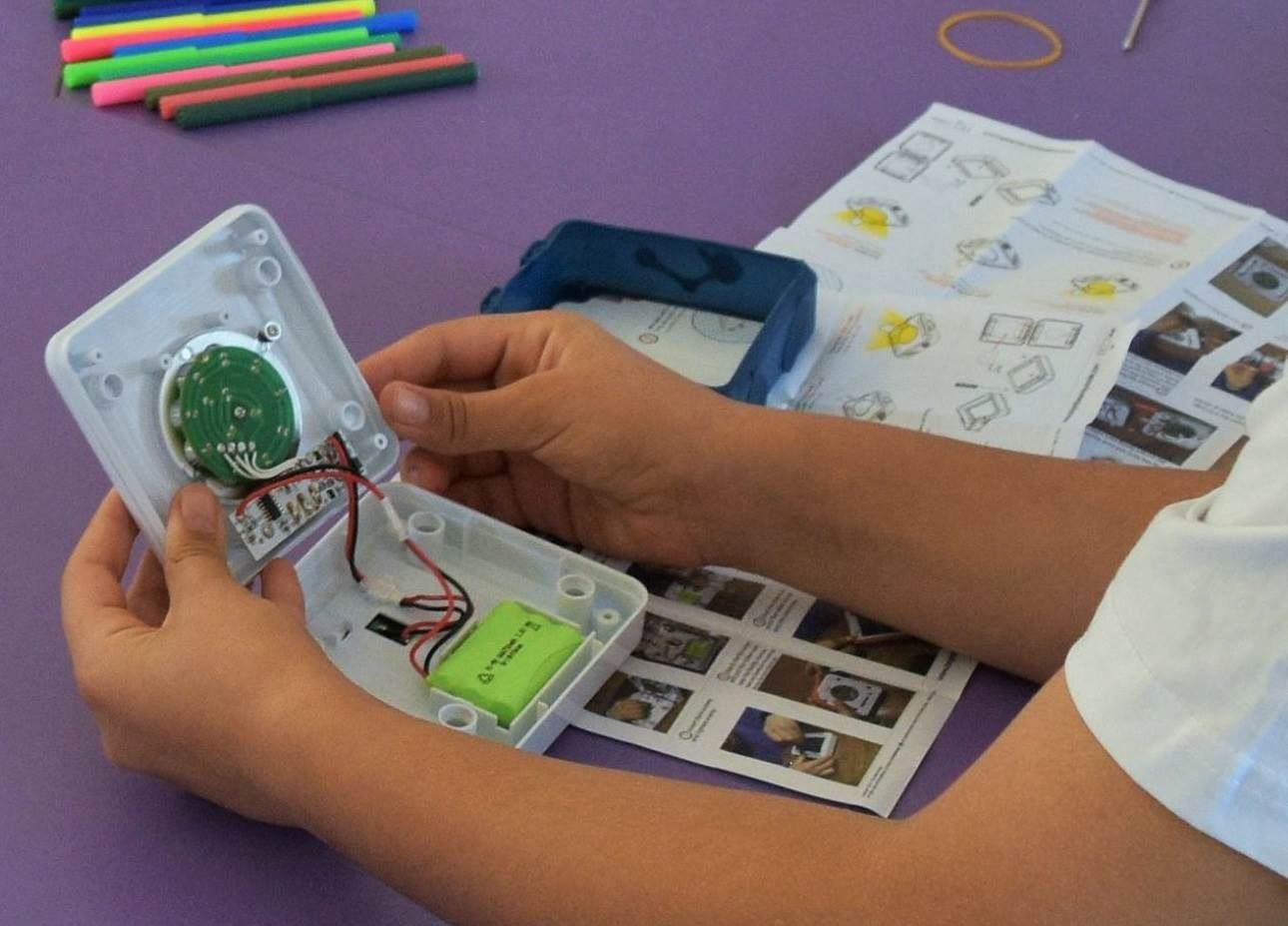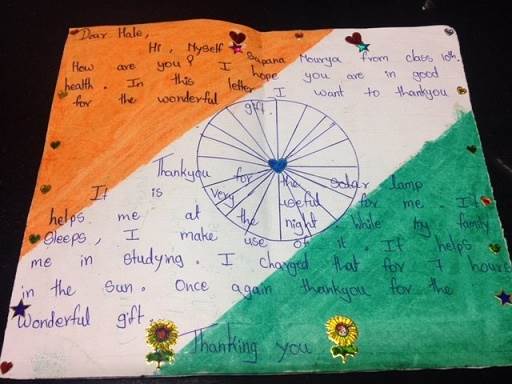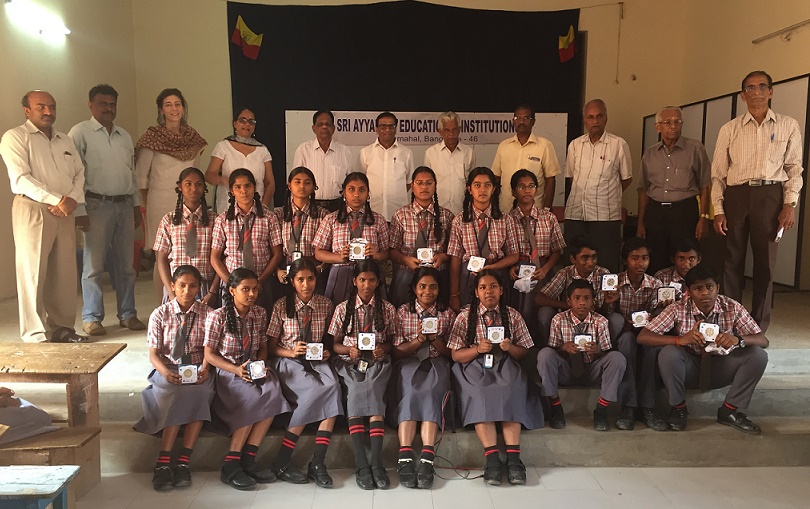Solar lights constructed by Australian primary school students as part of the ‘Junior Big Day In’ have now been distributed to hundreds of disadvantaged children in India.
The SolarBuddy lights enable children in communities restricted by energy poverty – many who still rely on open fires and kerosene lamps – to safely complete their homework.
“The children who receive a solar light from us are not just being given the opportunity to go safely to the toilet, but we’re also improving the air quality when they do their homework at home so they can read a book in safety by getting rid of the kerosene fumes” said SolarBuddy.org CEO and Founder Simon Doble.
In November 2016, 900 children attended the second annual ACS Foundation ‘Junior Big Day In’ at Hilltop Road Public School at Merrylands, where Year 5 and 6 students experienced a day of STEM learning.
ACS donated 600 lights to the ACS Foundation, organisers of the Junior Big Day In, to take along for the students to put together.

Student in Australia assembling a SolarBuddy light as part of the Junior Big Day In.
Students were provided with a kit containing all the materials required to create the 0.6W solar panel light, also attaching a letter for the recipient, telling them about themselves and encouraging a response.
“The actual assembly process is fairly simple,” said Doble.
“It’s not about mass producing solar lights and giving them to children elsewhere, the idea is we educate children about a problem as much as we empower them to be part of the solution.
“When you break down that poverty disparity to understanding that simple thing of a light, it really resonates with the children.”
The lights mark SolarBuddy’s first formal involvement in India, with the batch split between two communities.
One portion of the lights were given to a street school in East Mumbai, dedicated to students living in compromised conditions in shanty communities. The other batch went to schools in the Bangalore region.
“As part of the program we did with ACS, we sent lights to the teachers in India who volunteer their time. They set the challenge to the street school kids of who could do the best work over a two or three-week period. The ones who did the best work got a light, but then obviously everyone else got a light as well,” said Doble.

Students who assemble lights include a letter for the receipient; those who receive a light, write back.










